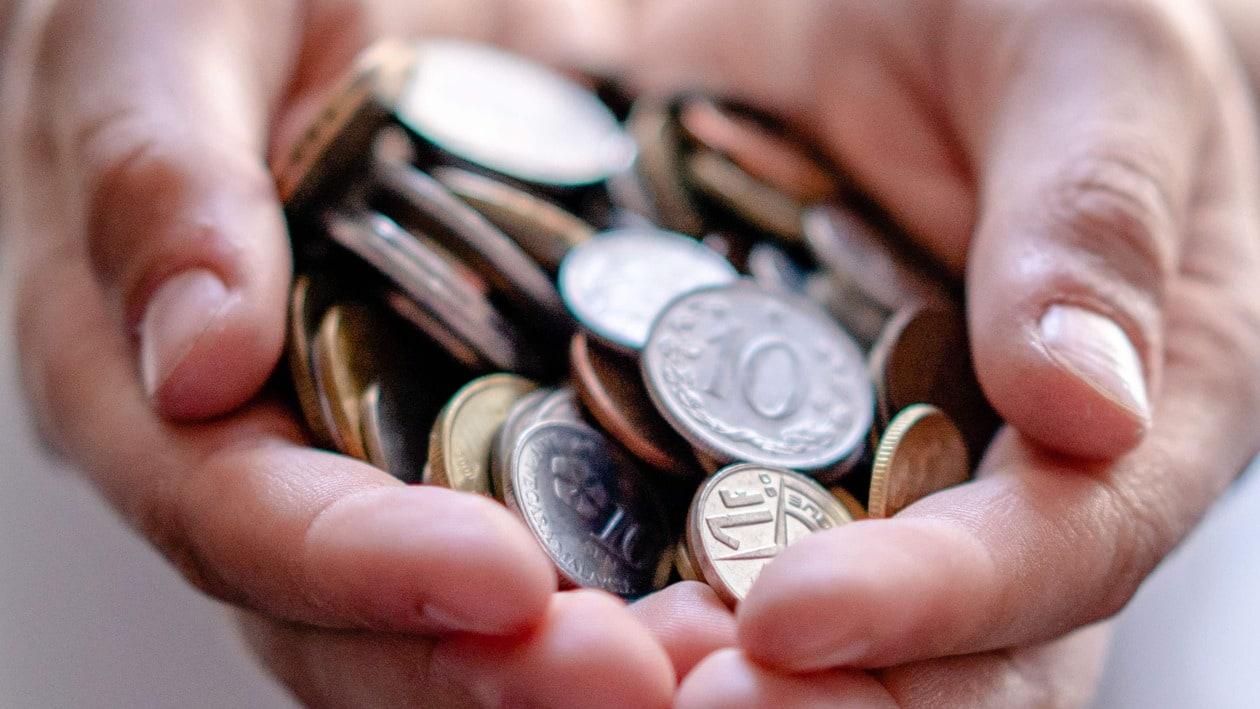We often hear the word ‘inflation’ many times in our daily routine, be it in the newspaper, social media or sometimes even the house maid reminds us to increase her salary since inflation is impacting her too. Most recently the Reserve Bank of India (regulator of all Banks) have increased the interest rates stating the reason for inflation for the same. So, what exactly is inflation? and how does it impact the common man? Let us check out
Demand & Supply
Before we understand what inflation is, let us know the concept of demand and supply. The price of a product or service is determined by its demand and supply. So suppose the supply of a product is plentiful & demand is less, price of such product or service is bound to be under-priced and vice versa. However, when demand and supply match each other the price is supposed to be reasonable. For example, if 1Kg of Apples are being sold at Rs. 50, there can be two instances to it.
1. They are being under-priced because the seller is having abundant supply and wants to get rid of the stock before they get stale and unsalable
2. Demand for apples is very low, hence the seller is trying to attract the customer by selling them cheap and thereby increasing the demand.
Now in both the instances, the seller of the apples will slowly increase the price as the demand grows and will stop the price rise as and when he feels the demand is decreasing. Now whichever instance you choose, the crux here is, efforts to achieve equilibrium in the levels of demand and supply. This equilibrium is nothing but the position where both the seller and buyer are content to sell or buy.
Inflation
To begin with every person has a limited purchasing power, therefore he or she can spend only up to a certain limit. The basic needs of every person consist of food, clothing & shelter and there is no substitute for them. Now given our limited purchasing power coupled with the inevitable demand for the basic needs the inflation comes into picture. Until and unless supply is exceeding the demand, the prices remain affordable and inflation remains under control, however the moment the prices start increasing, the demand starts to decline but since basic necessities are involved, demand can never extinguish.
Now the rise in prices has technically no limit, however as stated above purchasing power does, so an exponentially rising prices could put out people begging for basic needs and bring the economy in dire situation. Before such dire situation arises, the government brings relief to cool down the inflation by bringing various inflation curbing measures such as export ban, reducing fuel prices, managing prices of essential commodities etc.
Interest rates
As the government controls inflation by introducing the above illustrated measures, the Reserve Bank of India, also has another weapon in its armoury to cool off the inflation. Reserve Bank of India is the supreme bank which lends money to other banking and financial institutions. But before we check out the impact of interest rates, let us revisit the point of purchasing power and inflation. As stated, earlier demand for basic necessities is inevitable, but limited purchasing power creates a difficult situation. Thus, in case of rising prices, an individual may flex its borrowing powers and tackle the shortfall arising out of increased prices.
So, to simplify let the price rise, we will borrow and purchase, but here is the climax one can only borrow to the limit of his or her worth, meaning your borrowing powers are not unlimited. Now the RBI balances both the situations carefully, depending upon the economic situation. When the economy is down, it reduces the lending rate which then is followed by the banks, in order to strengthen purchasing power and create demand. Whereas when the demand is strong but supply is limited, it increases the lending rate in order to cut down the purchasing power and indirectly the demand to stabilise the economy.
READ MORE: 5 investment tricks to tide over inflation and market volatility
Impact of interest rate on economy
The Banks borrow funds from the Reserve Bank of India. Now when the funds are borrowed at a higher rate, they will lend it at a higher rate and vice versa. Therefore, every time the RBI increases the rate, banks immediately alter the rate of lending. This results in higher loan cost, which means low spending, which results in low demand and eventually more savings. Inversely as the rate of borrowings increase, the rate of interest secured investment rises thus leading into more earnings or savings.
To conclude demand, supply, interest rate and inflation are interdependent and inflation is inevitable. Therefore, the only going forward is achieving equilibrium between demand and supply.
Viral Bhatt is the Founder of Money Mantra - a personal finance solutions firm
